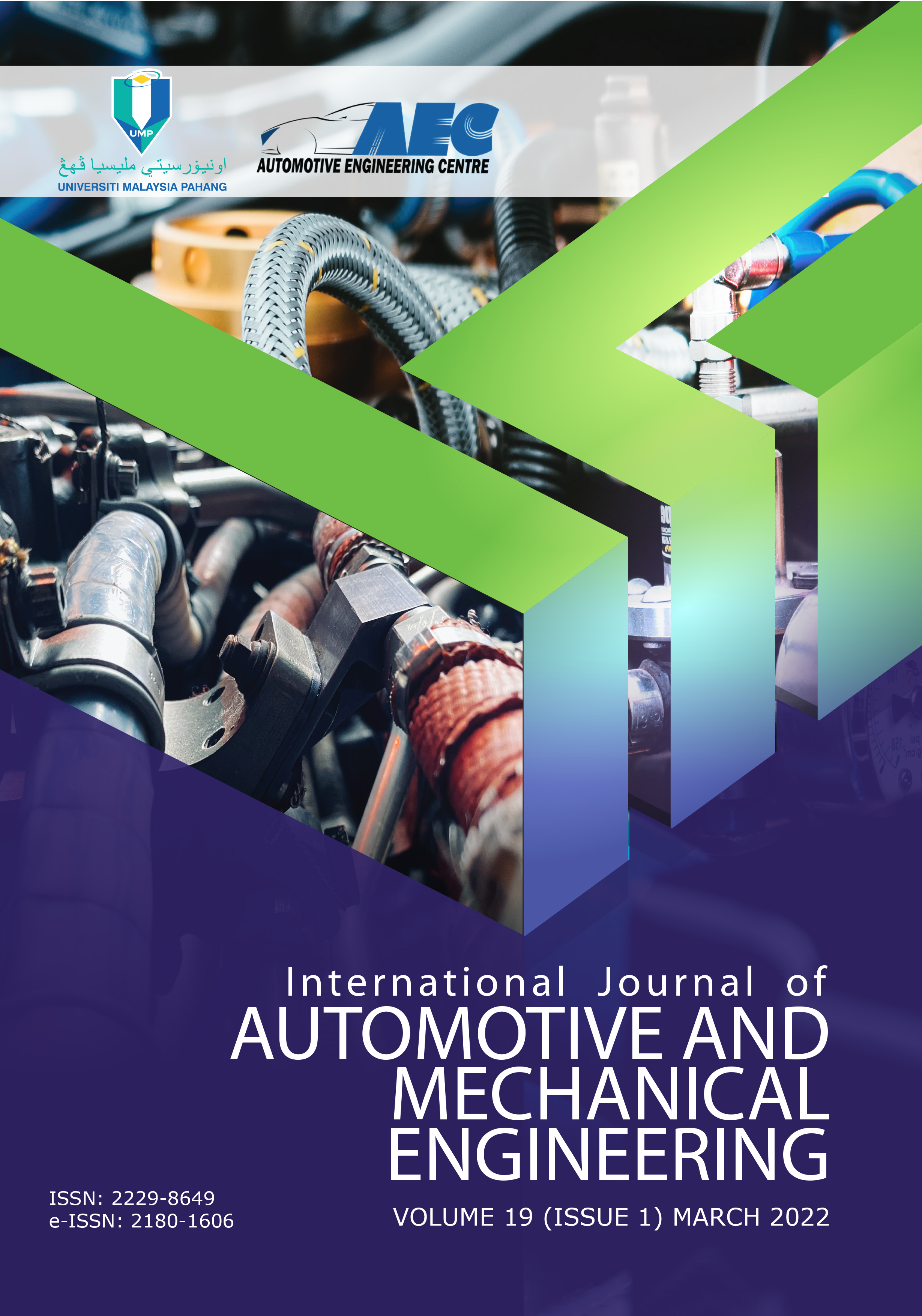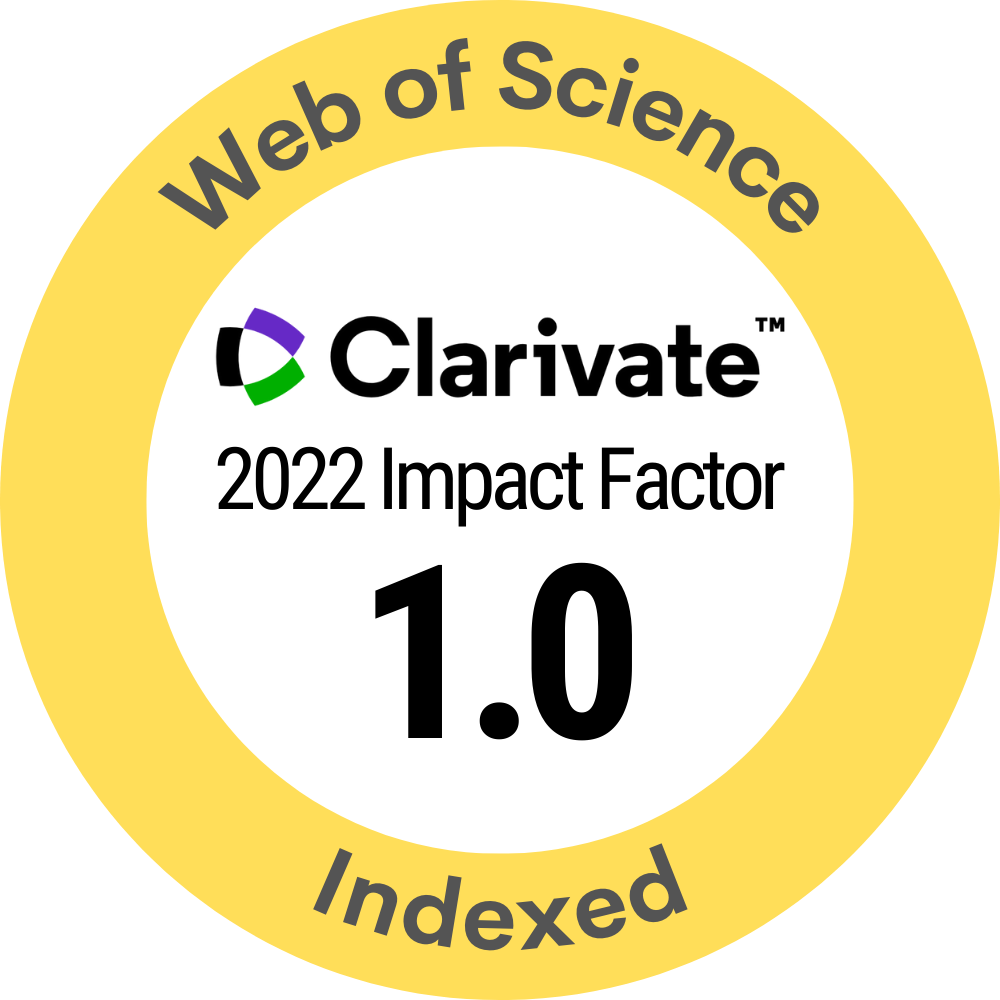An Analysis of Emissions from An Ethanol Flex-Fuel Vehicle under Two Distinct Driving Cycle Tests during Cold Start
DOI:
https://doi.org/10.15282/ijame.19.1.2022.18.0737Keywords:
Flex-fuel vehicle; Ethanol; Driving cycleAbstract
Ethanol flex-fuel vehicles are introduced to Thailand’s market and believed that they provide an alternative way in terms of reducing crude oil and octane booster import. Many literatures suggested that they also helped to reduce some emission species including the greenhouse gas. However, sufficient proof of this flex-fuel vehicle comparing the conventional versus realistic driving cycle tests during cold starts is not clearly identified. This research focuses on the comparison of performance, fuel consumption, and emissions of a flex-fuel vehicle using Gasohol E10, E50, and E85 tested under the New European Driving Cycle (NEDC) and Bangkok Driving Cycle (BDC). Tests were done on a Chassis Dynamometer in the Automotive Emission Laboratory of the Pollution Control Department. Considering emission data from both test cycles, the more ethanol ratios in gasoline, the more CO, NMHC, NOx, CO2 and PN emissions reductions. On the contrary, HC emissions are increased but still under EURO4 standards. Fuel consumptions on E85 are increased around 30% compared to E10 for both test cycles. However, the pattern of driving cycles significantly impacts the amounts of CO/NOx emissions and fuel consumption. During cold start periods, regardless of percentages of ethanol blends, the amounts of HC and CO emissions for both test cycles are similar due to running engine in rich conditions by ECU management to warm three-way catalyst. On the contrary, NOx emissions are strongly related to frequent acceleration and deceleration sequences of the tested driving cycle.
Downloads
Published
Issue
Section
License
Copyright (c) 2022 Universiti Malaysia Pahang Publishing

This work is licensed under a Creative Commons Attribution 4.0 International License.







